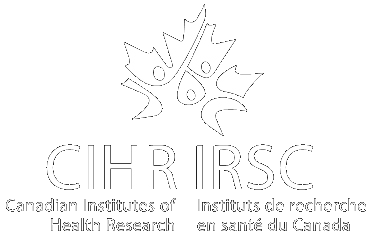SUMMARY
ClinicalTrials.gov Identifier: NCT04485195
Our study question, comparing IV vernakalant to IV procainamide, has equipoise amongst Canadian ED physicians and has never been directly studied. Background: Atrial fibrillation (AF) causes a rapid, irregular heart rate and is the most common arrhythmia seen in the emergency department (ED). We will focus on acute-onset episodes of AF, which usually have onset <48 hours and are highly symptomatic. Most Canadian ED physicians attempt cardioversion (CV) to sinus rhythm, either with drugs or electrically. If drug CV fails, then patients usually undergo electrical CV which is effective but is often associated with significant delays and adverse events (13.9%; Stiell CJC 2022). The most commonly used drug is the older intravenous (IV) procainamide which has a conversion rate of 52.2%, median time to conversion 55 minutes, and incidence adverse events 9.8%. The newer IV vernakalant reportedly has a conversion rate of 65%, median time to conversion 12 minutes, and adverse events <1%; it was approved in Canada in 2017 but has seen modest uptake.
Most acute AF patients occupy valuable ED cardiac monitors for a prolonged period. Our hope is that IV vernakalant will result in more rapid cardioversions in our extremely crowded Canadian EDs. We hypothesize that our study will reveal that IV vernakalant is superior with a higher conversion rate, faster conversion times, and far fewer adverse events. RAFF4 is an open-label pragmatic trial so that we can see the actual performance of these drugs in real clinical circumstances.
Recruitment has been delayed over the past year due to the pandemic but we have enrolled 190 patients, 75% in Ottawa. We have funded the RAFF4 study using funds from a CIHR Foundation award held by the PI (IGS) – this expires in early 2023, hence the current application is essential to ensure trial completion. Cipher Pharmaceuticals Inc. (Canada) offers unrestricted support by providing vernakalant at no cost for all study sites but gives no money.
Study Objective: To compare IV vernakalant to IV procainamide for acute AF patients.
Primary Outcomes: conversion to and maintenance of sinus rhythm for at least 30 minutes after the drug infusion. Other: length of stay in the ED, adverse events, and 30-day follow-up status.
Primary Analysis: on an intention-to-treat basis, using multiple logistic regression controlling for the following variables: age, sex, first or repeat episode, time from onset, and history of heart failure.
Methods: Design: Pragmatic comparative effectiveness trial with an open label, randomized (1:1) comparison of drug CV with: i) IV vernakalant, and ii) IV procainamide. Stratified by site.
Interventions: a) IV Vernakalant. Given as an initial infusion of 3 mg/kg over 10 minutes, followed if necessary by a second infusion of 2 mg/kg. b) IV Procainamide. Given as an infusion of 15 mg/kg, over 60 minutes. If patients have not converted to sinus rhythm by 30 minutes after the end of either drug infusion, they will be offered electrical CV.
Setting: 12 tertiary care EDs in 5 provinces.
Subjects: 340 patients with acute AF where acute rhythm control is a safe option.
Importance: If IV vernakalant proves to be more effective, faster, and safer than IV procainamide, this will give clinicians an important alternative for drug cardioversion of acute AF. The study results should lead to higher rhythm conversion rates and more rapid discharges from our crowded EDs and should change clinical practice worldwide.
